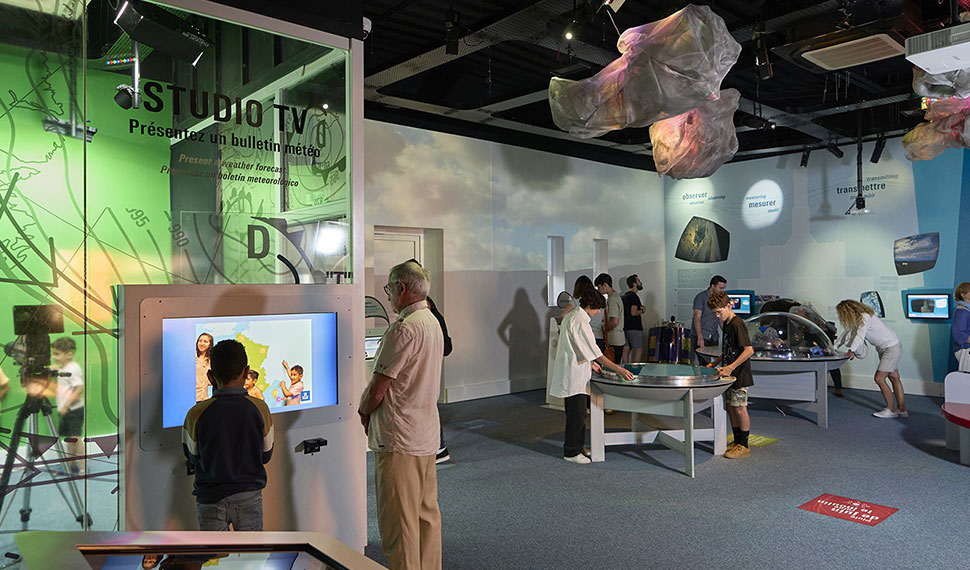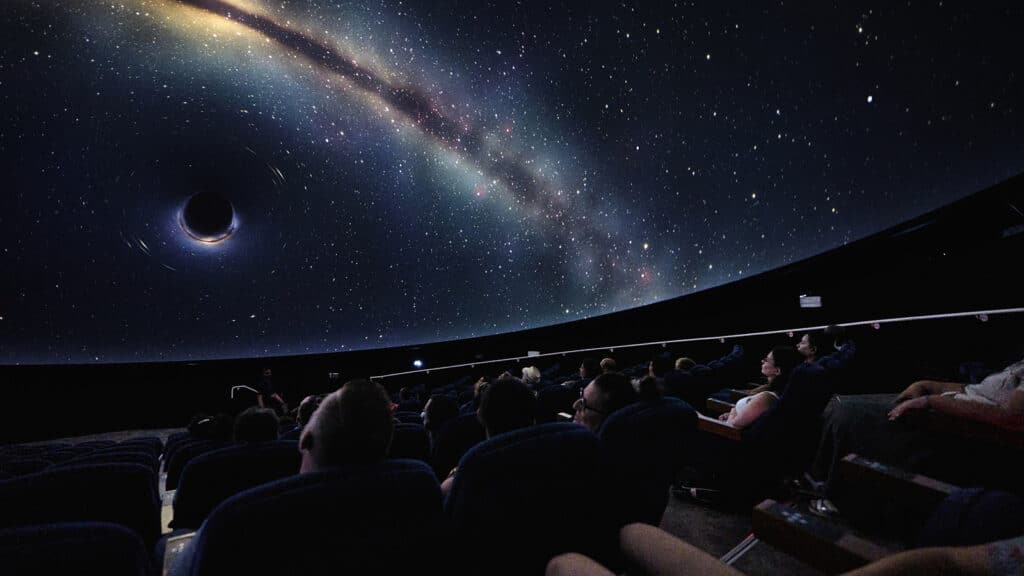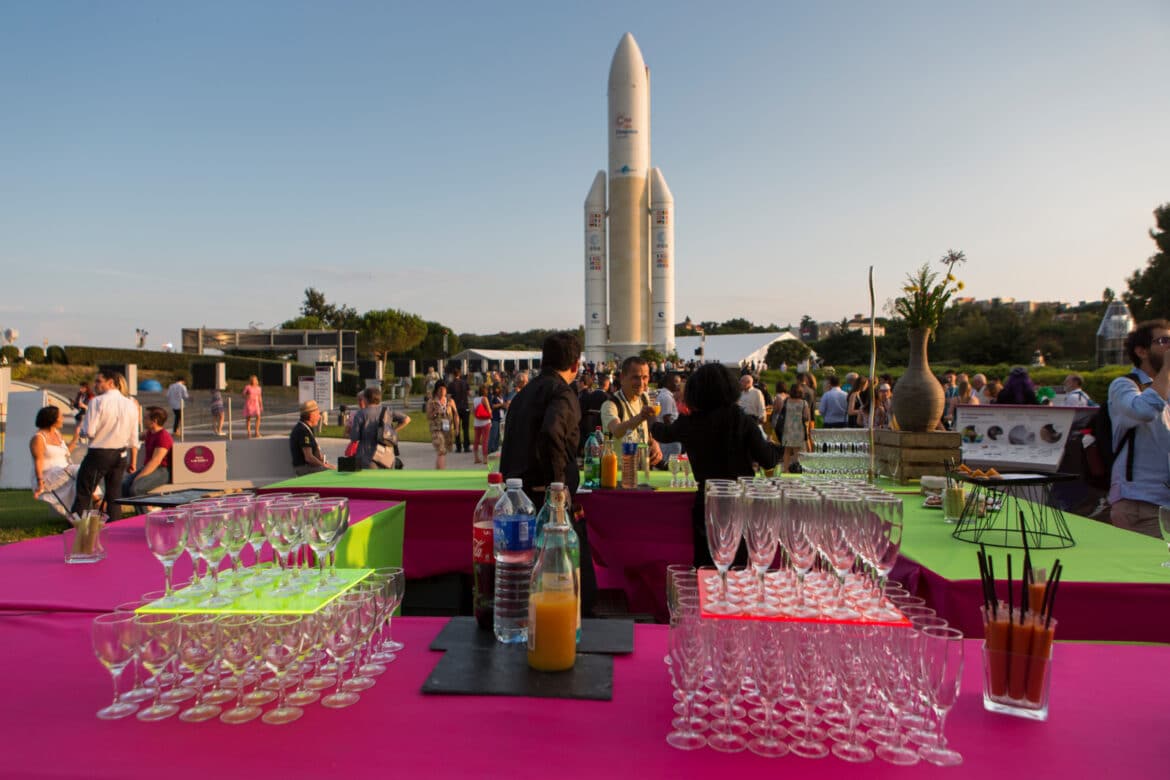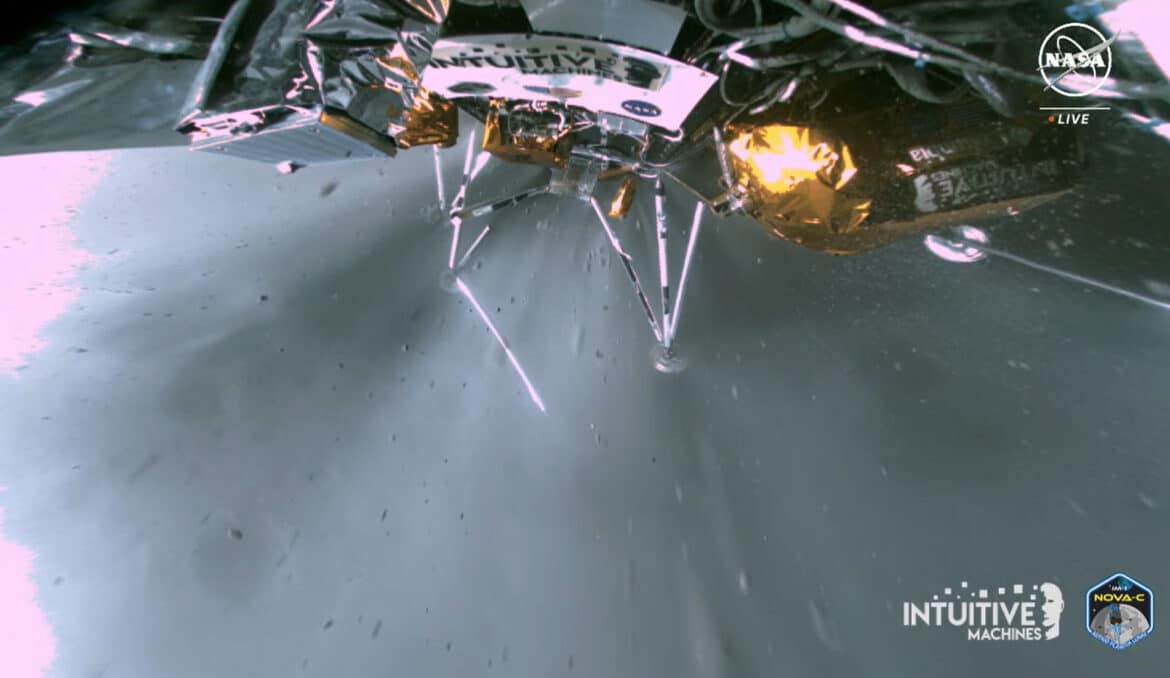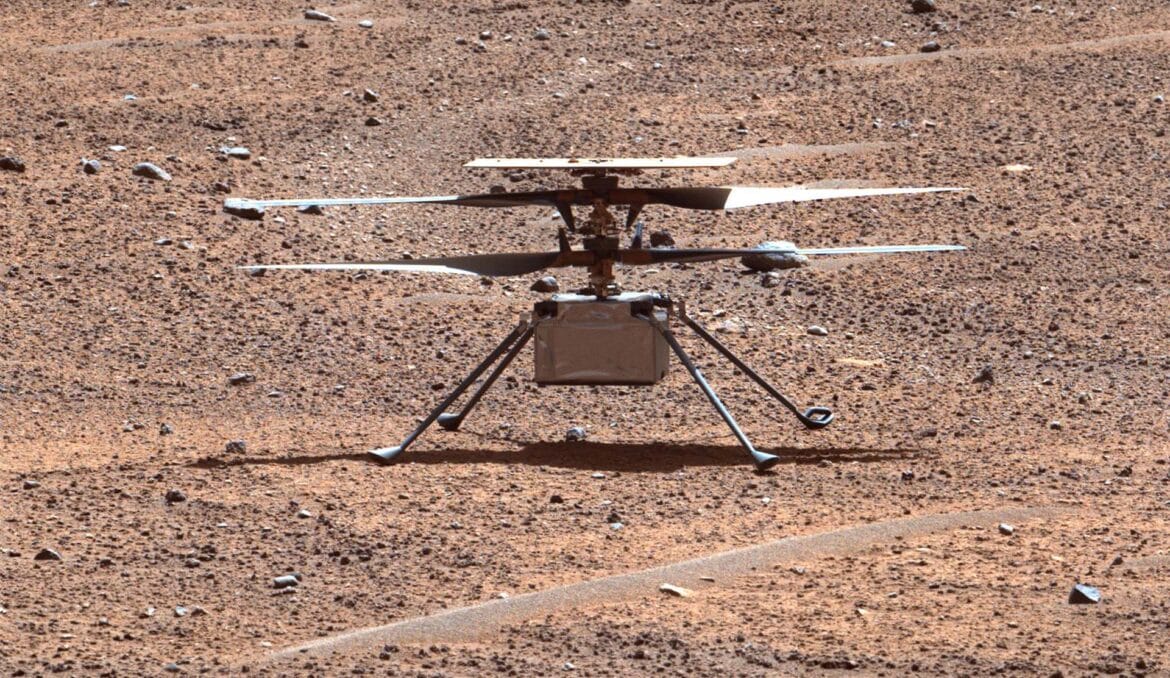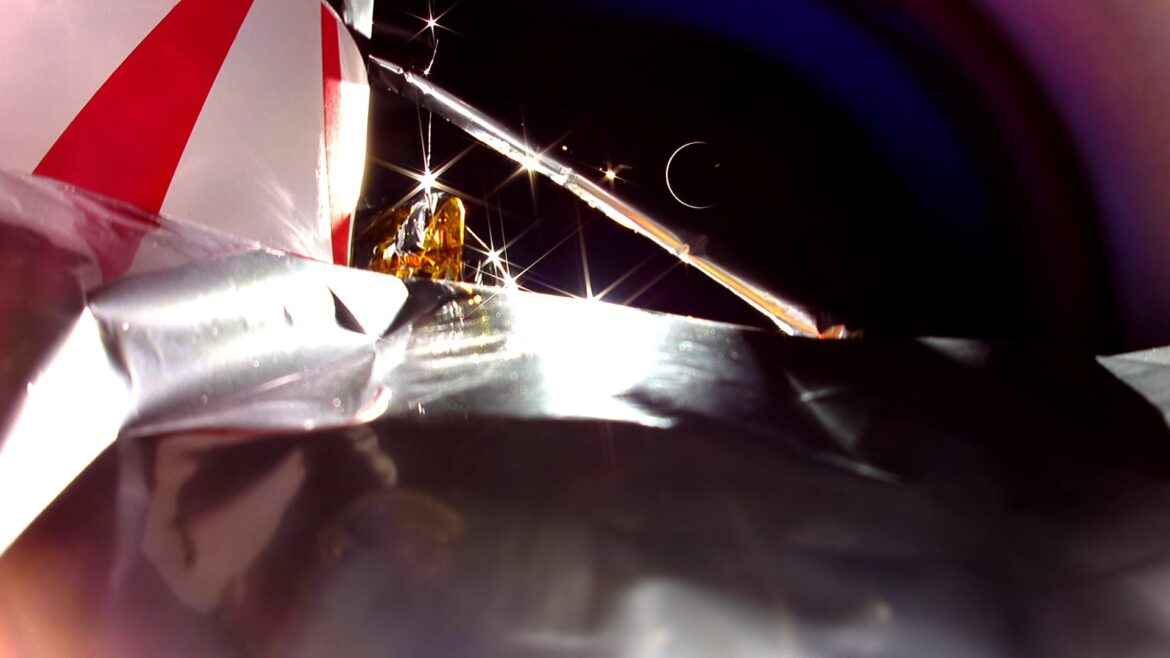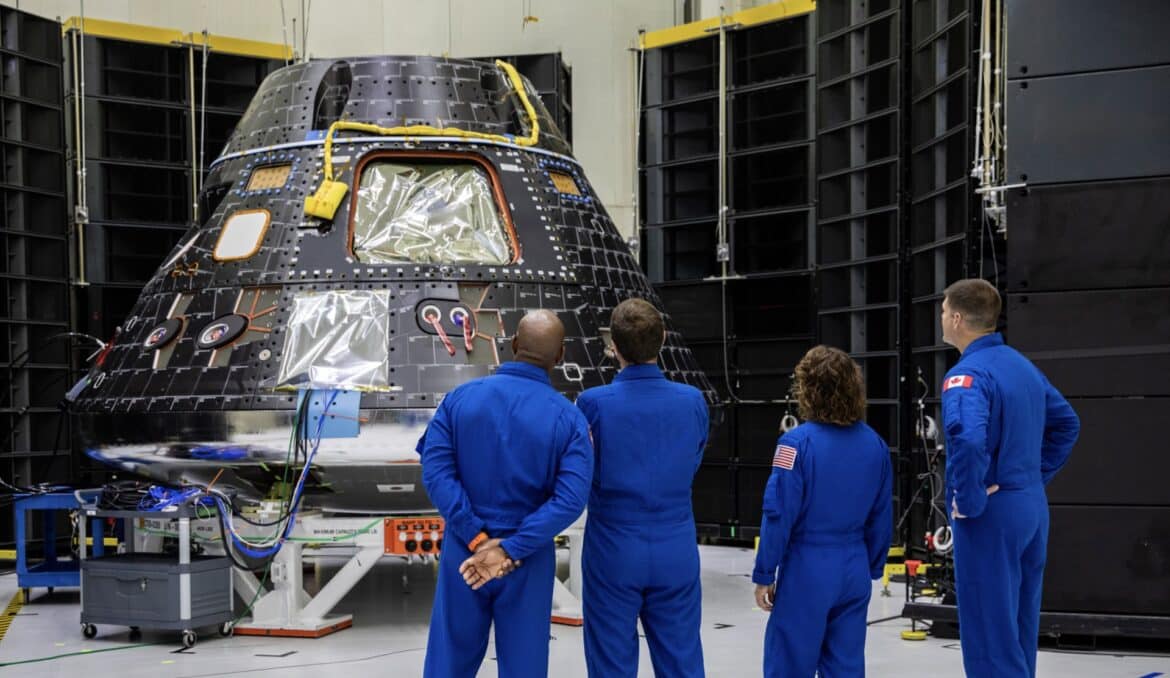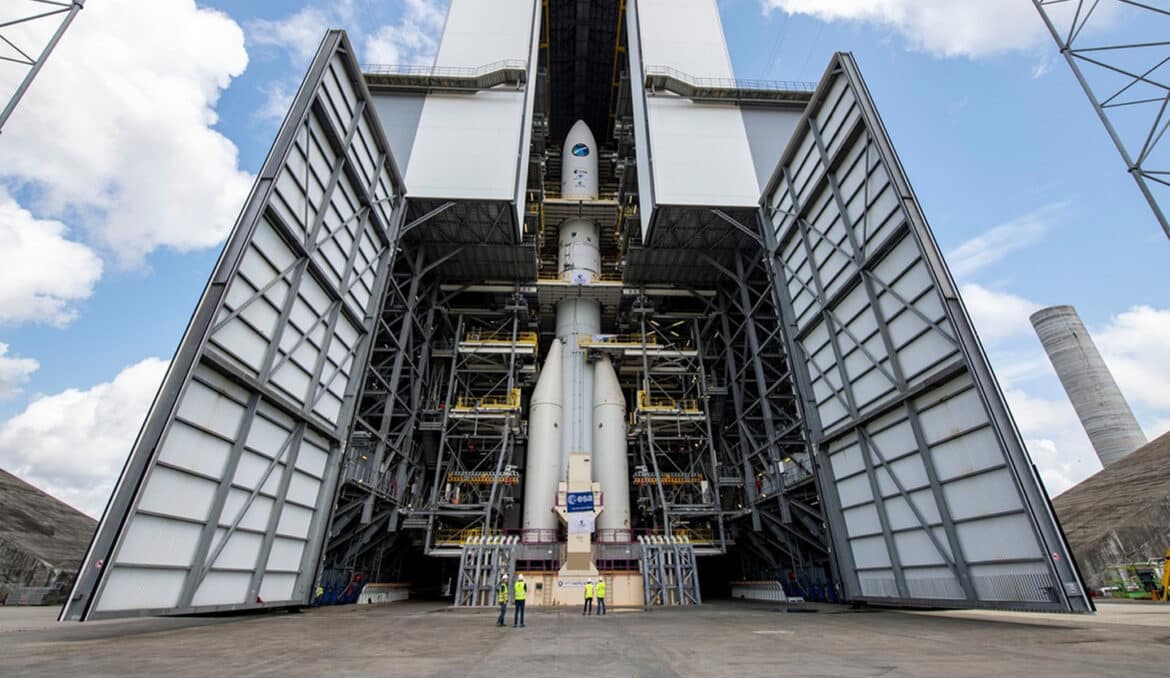
The separation involved hot staging which consists of igniting the thrusters of the second stage before its effective physical separation from the first. This is a fairly major modification of the design of the SpaceX launcher and its first test proved conclusive (after 2 minutes and 45 seconds of flight at an altitude of 71 km and at 5,620 km /h as expected).
On the other hand, the first Super Heavy stage only survived 35 seconds at this very dynamic stage, exploding after having started its boostback procedure, a powered phase by which it returns to the firing point. This time, however, the teams were not aiming for such a return, but a landing in the Gulf of Mexico off the coast of Texas. Analysis of the data will reveal whether or not the loss of the Super Heavy comes from the activation of the self-destruct system (designed to prevent the stage from following an incorrect trajectory which would threaten populations).
